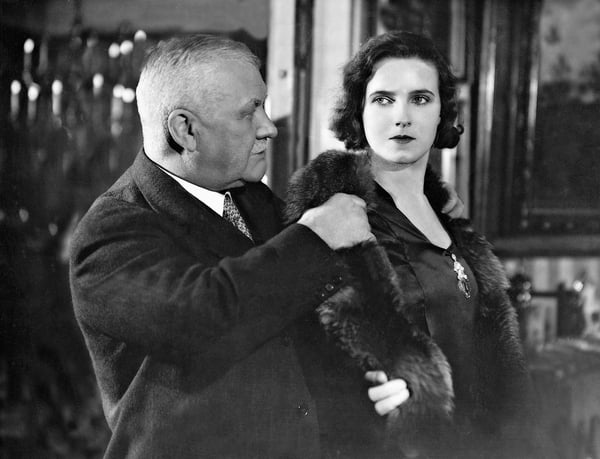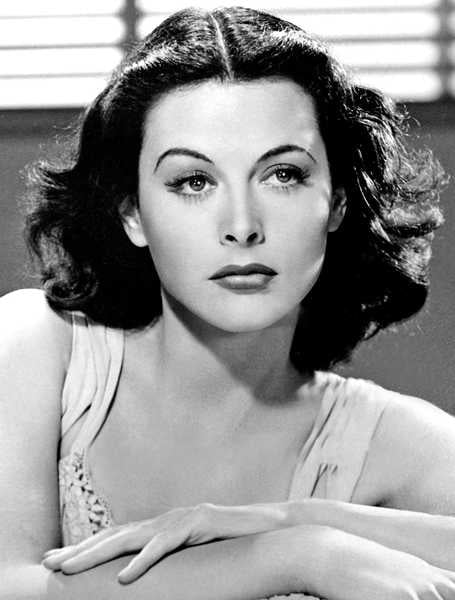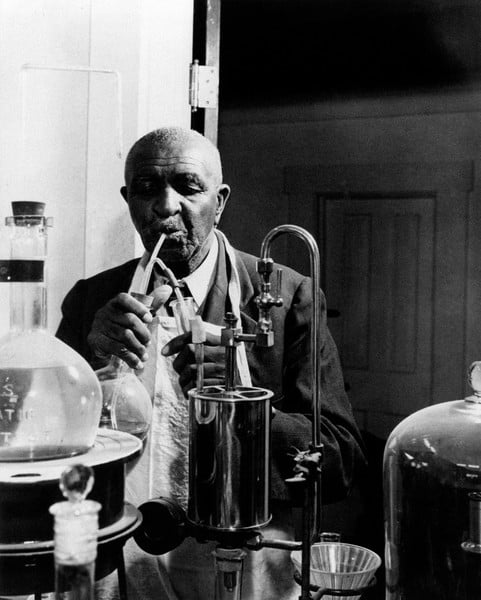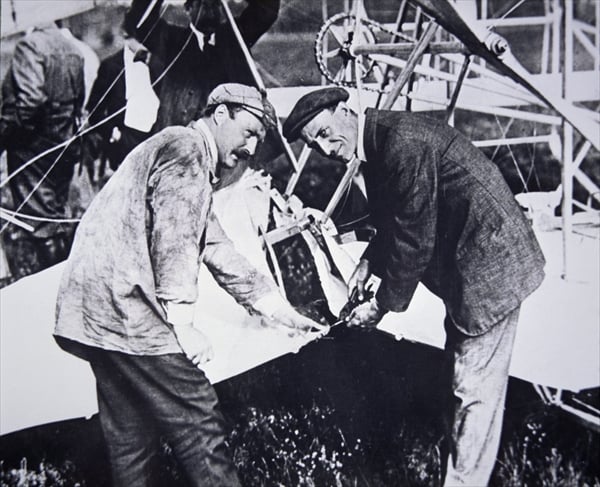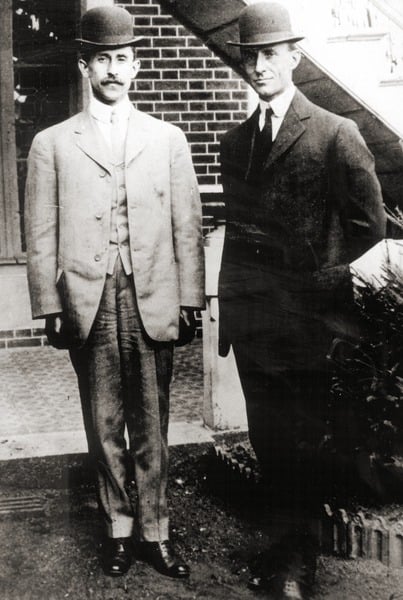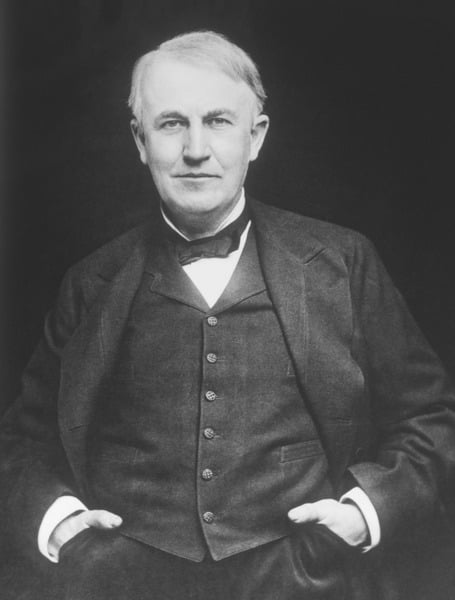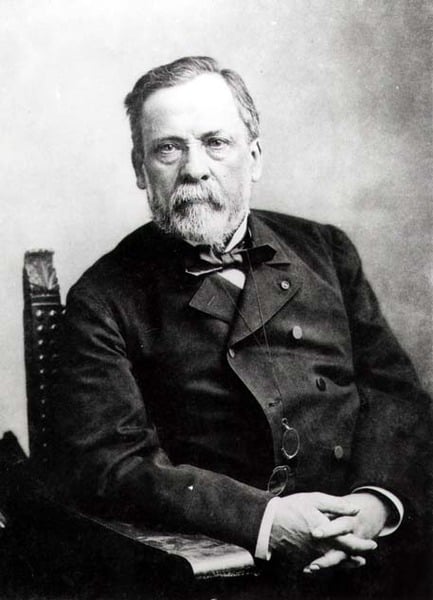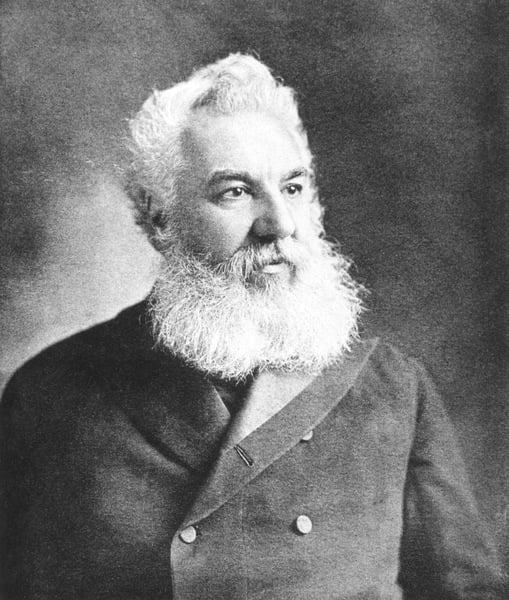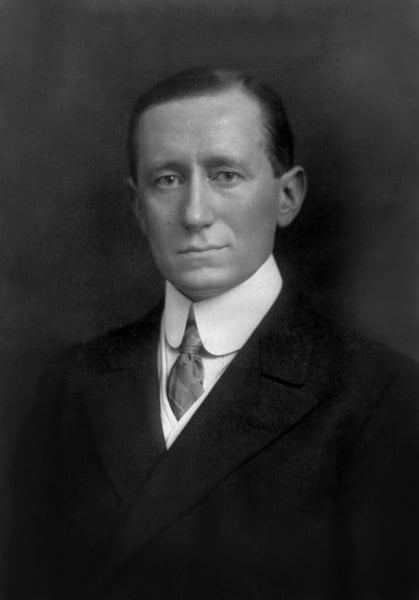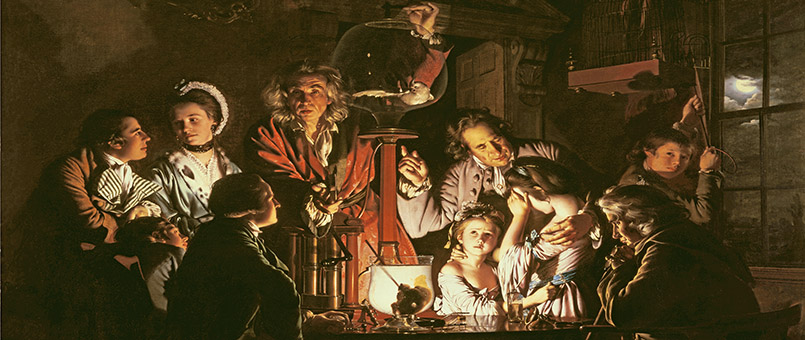
Creating Something from Nothing: Our Favorite Inventors
It takes a one-of-a-kind mind to be able to take an idea and make it a reality. Below, we’ve put together a list of those individuals who made it their life’s work to change society for the better, through new ideas and technology. Draw some inspiration from these inventors who changed the world (and our world) for the better through perseverance, inspiration, and open minds.
“I can excuse everything but boredom. Boring people don’t have to stay that way.” – Hedy Lamarr
Known primarily as a leading lady film star in the 1930s and ’40s, this Austrian actress became a pioneer in the field of wireless communications. Lamarr co-developed the Secret Communications System to combat Nazis in WWII, which manipulated radio frequencies at irregular intervals between transmission and reception. While this invention was only put into use in the 1960s by the US Army, it was responsible for paving the way for wireless technology utilized today by cell networks, Bluetooth devices and WIFI.
“Investment in knowledge pays the best interest” – Benjamin Franklin
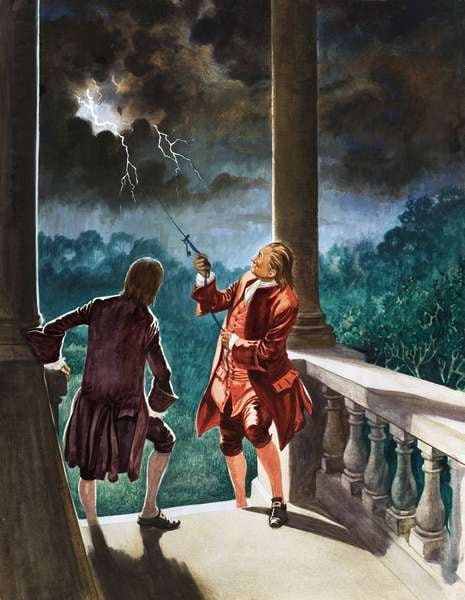
When They Were Young: Benjamin Franklin, Peter Jackson (1922-2003) / Private Collection / © Look and Learn
Benjamin Franklin, one of the United States’ Founding Fathers, had taken an interest in electricity. After discovering the electrical force in lightning after his famous kite experiment, he created a lightning rod that would protect peoples’ homes from damage. He also invented bifocal glasses and the Franklin stove – a metal lined fireplace.
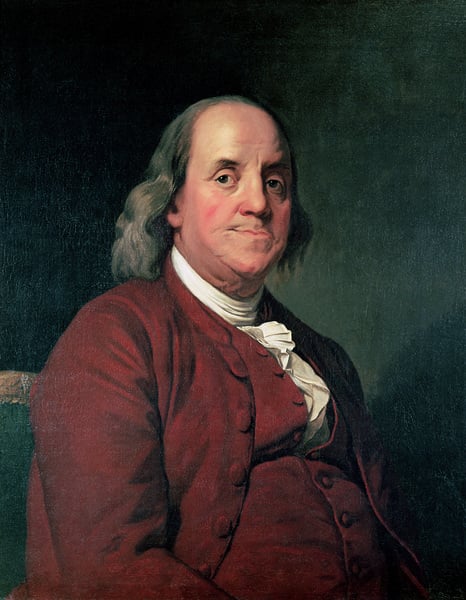
Benjamin Franklin, 1782 (oil on canvas), Joseph Wright of Derby, (1734-97) / Pennsylvania Academy of the Fine Arts, Philadelphia, USA
“Where there is no vision, there is no hope.” – George Washington Carver
Born into slavery, the American botanist and inventor revolutionized agriculture. Carver invented new uses for everyday crops (most famously peanuts, but also soybeans), which included adhesives, bleach, buttermilk, ink, shoe polish, synthetic rubber, pavement and more.
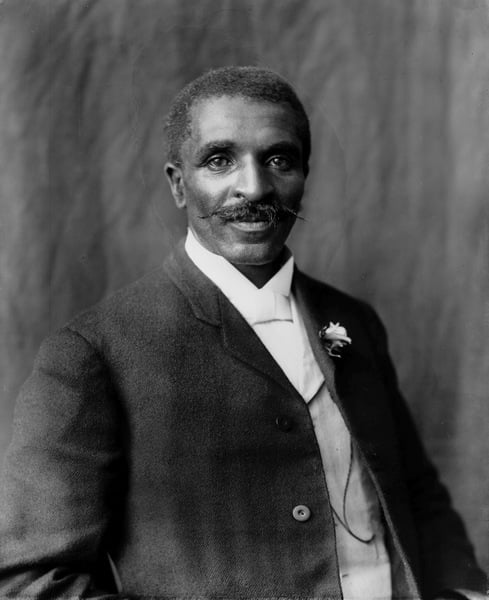
George Washington Carver, 1906 (b/w photo), Johnston, Frances Benjamin (1864-1952) / Private Collection / Photo © PVDEGeorge Washington Carver, 1906 (b/w photo), Frances Benjamin Johnston (1864-1952) / Private Collection / Photo © PVDE
“If we worked on the assumption that what is accepted as true really is true, then there would be little hope for advance.” – the Wright Brothers
The ambitious bike-shop owners Orville and Wilburn Wright, affectionately known as the Wright brothers, set their sights on the sky. In 1903 they created the first airplane with aircraft controls that made fixed-wing powered flight possible, jump-starting the commercial aviation industry.
“I have not failed. I’ve just found 10,000 ways that won’t work.” – Thomas Edison
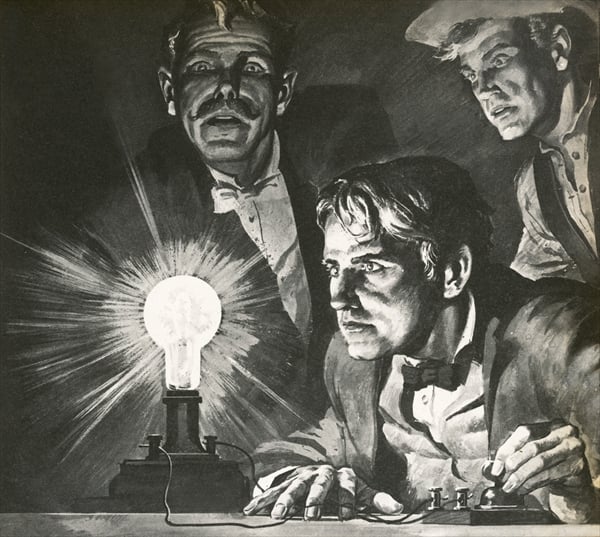
Edison’s experimentation with light bulbs, English School, (20th century) / Private Collection / © Look and Learn
Educated at the prestigious university The Cooper Union for the Advancement of Science and Art, this American inventor held over 1,093 US patents in his name. He is best known for inventing the electric light bulb in addition to the phonograph (predecessor to the record player), which was a machine that would record a spoken voice and play it back, and the motion picture camera called the Kinetoscope (the original GIF). Explore our exclusive collection of inspired Thomas Edison footage.
“Don’t let yourself be tainted with a barren skepticism.” – Louis Pasteur
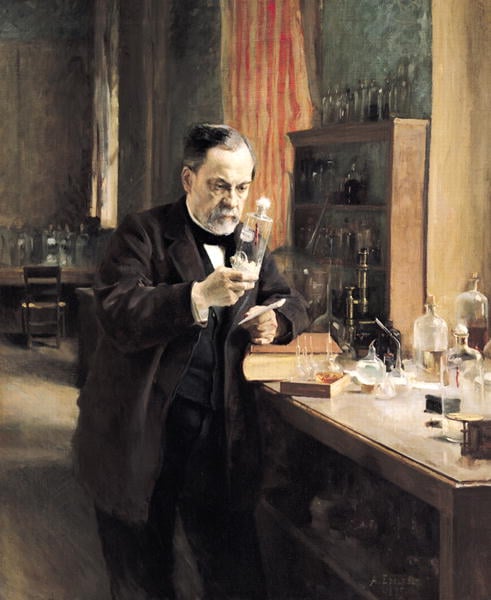
Louis Pasteur (1822-95) in his Laboratory, 1885 (oil on canvas), Albert Gustaf Aristides Edelfelt (1854-1905) / Musee d’Orsay, Paris, France
The French chemist and microbiologist invented pasteurization (taken from his own name), the process that prevents food spoilage in milk, beer and wine. He also was one of the pioneers of the Germ Theory of disease, which states that some diseases are caused by microorganisms, helping him create the first vaccine for rabies.
“‘Mr. Watson — Come here — I want to see you.’ [First intelligible words spoken over the telephone]” – Alexander Graham Bell
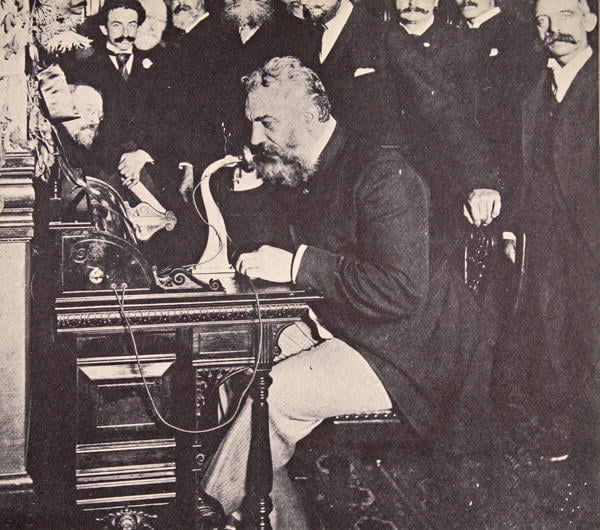
Alexander Graham Bell making the first call between New York and Chicago, 1892 (b/w photo), American Photographer, (19th century) / Private Collection / The Stapleton Collection
The Scottish-born teacher, scientist, inventor and engineer (whose death was 95 years ago this coming August 2nd) changed how people communicate, as he is credited with inventing the first telephone. Bell also dedicated his life to working with the deaf and founded the Alexander Graham Bell Association for the Deaf and Hard of Hearing.
“Every day sees humanity more victorious in the struggle with space and time.” – Guglielmo Marconi

Guglielmo Marconi (1874-1937), Italian physicist and inventor. Radio pioneer. Marconi with typical apparatus, including 10-inch induction coil spark transmitter (right), morse inker and ‘grasshopper’ key in centre. Photograph. / Universal History Archive/UIG
Guglielmo Marconi (who died 80 years ago this year on July 20th) was Italian inventor and electrical engineer known for his pioneering work on long-distance radio transmission and a radio telegraph system. He is also famous for implementing and developing Marconi’s law which established the relationship between the height of antennae and the maximum signaling distance of radio transmissions.

